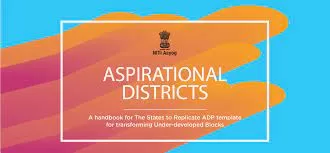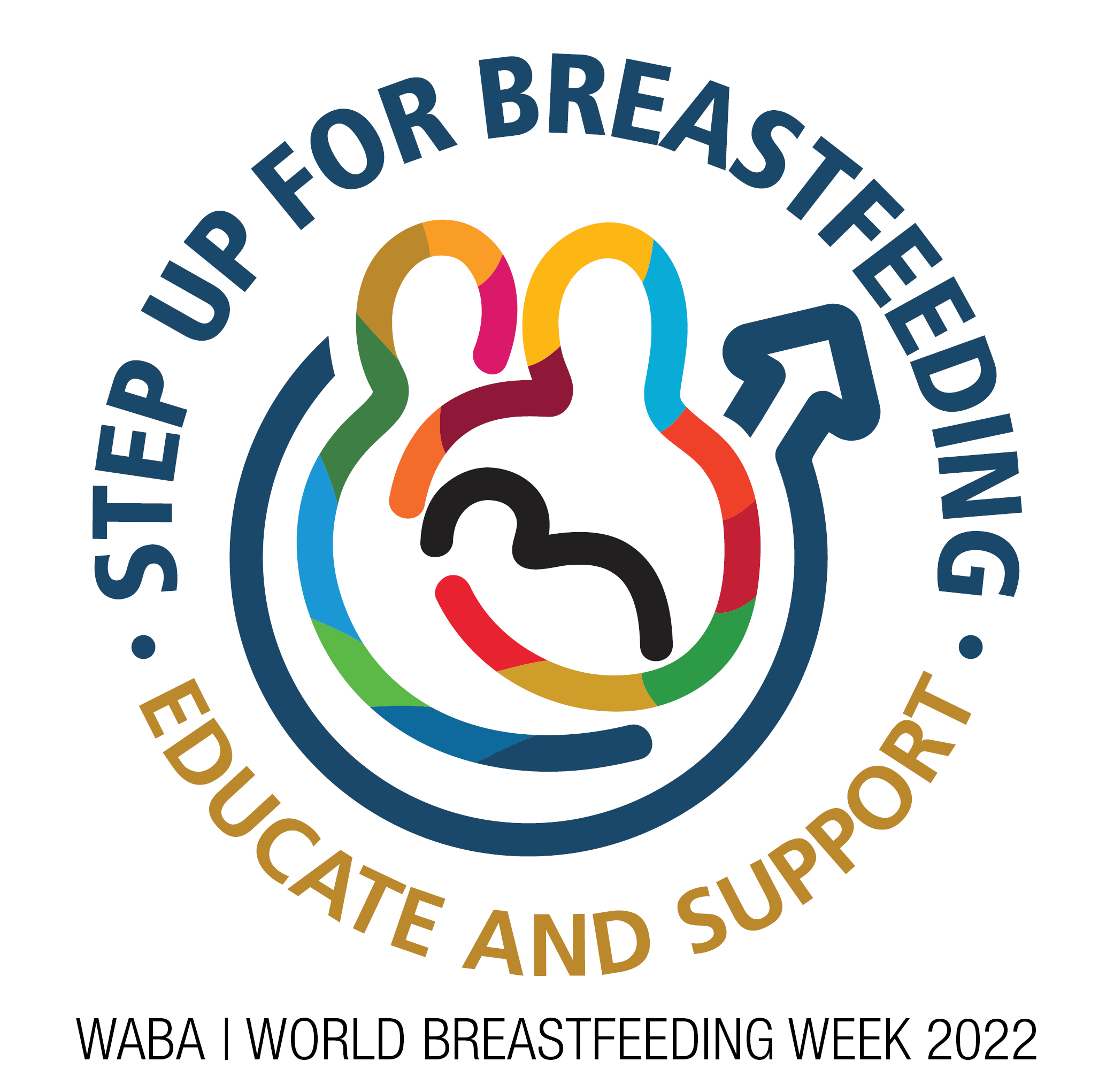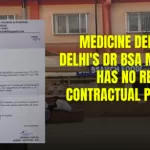
Govt. of India has identified 112 Aspirational Districts based on their performance in 49 Key Performance Indicators (KPIs) across five themes namely Health & Nutrition, Education, Agriculture & Water Resources, Financial Inclusion & Skill Development and Basic Infrastructure. List of 112 Aspirational Districts is at Annexure.
As per established norms, in rural areas a Sub Health Centre for a population of 5,000 (in plain) and 3000 (in hilly and tribal area), a Primary Health Centre for a population of 30,000 (in plains) and 20,000 (in hilly and tribal areas) and Community Health Centre for a population of 1,20,000 (in plain) and 80,000 (in hilly and tribal area) is suggested. Further, First Referral Unit, Sub-District Hospital (SDH) and District Hospital (DH) provide secondary care services for rural & urban area including backward areas.
Rural Health Statistics (RHS) is an annual publication, based on Health care administrative data reported by States/UTs. Details of State/UT-wise number of Sub-Centres, PHCs, CHCs, Sub-Divisional Hospital, District Hospital & Medical Colleges functioning in rural areas including backward areas may be seen at the following link of RHS 2021-22:
https://main.mohfw.gov.in/sites/default/files/RHS%202021%2022.pdf
The Government reviews functionality of the health centers as well as implementation of various health programs in each State including the Aspirational District areas through Central and State level monitoring mechanisms. From Central level, Ministry of Health and Family Welfare undertakes Common Review Mission (CRM) to review the progress of National Health Mission (NHM) implementation. In addition to this, Health Management Information System (HMIS) data is updated by States which is available disaggregated up-to-the facility level. Similarly, aspirational district evaluation is also done by NITI Aayog based on the set indicators.
The reports of the CRM and performance evaluation of healthcare facilities, year-wise, from 2014 onwards can be accessed from the link https://nhsrcindia.org/php-crm-reports .
Similarly, Aspirational district annual report can be accessed from the link https://www.niti.gov.in/annual-reports
National Health Mission (NHM) envisages achievement of universal access to equitable, affordable & quality health care services that are accountable and responsive to people’s needs. The Ministry of Health and Family Welfare provides technical and financial support to the States/UTs to strengthen the public healthcare system, based on the proposals received in the form of Programme Implementation Plans (PIPs). Government of India provides approval for the proposals in the form of Record of Proceedings (RoPs) as per norms & available resources.
XV-Finance Commission Health Grants through Local Government announced as part of Union Budget 2021-22, for strengthening the healthcare system at primary healthcare level, has recommended grants aggregating to Rs. 70,051 crores over the period of five years (2021-2026).
PM Ayushman Bharat Health Infrastructure Mission (PM-ABHIM) with an outlay of Rs. 64,180 Crores aims to fill critical gaps in public health infrastructure. The Centrally Sponsored Scheme (CSS) Components includes support for infrastructure development for Sub-Health Centres, Urban Health and Wellness Centres, Block Public Health Units, Integrated District Public Health Laboratories and Critical Care Hospital Blocks.
Under NHM, following types of incentives and honorarium are provided for encouraging Health Specialists to practice in different regions of the country including rural and remote areas of the country:
- Hard area allowance to specialist doctors for serving in rural and remote areas and for their residential quarters.
- Honorarium to Gynecologists/ Emergency Obstetric Care (EmoC) trained, Pediatricians & Anesthetist/ Life Saving Anaesthesia Skills (LSAS) trained doctors.
- Incentives like special incentives for doctors, incentive for ANM for ensuring timely ANC checkup and recording, incentives for conducting Adolescent Reproductive and Sexual Health activities.
- States are also allowed to offer negotiable salary to attract specialist including flexibility in strategies such as “You Quote We Pay”.
- Non-Monetary incentives such as preferential admission in post graduate courses for staff serving in difficult areas and improving accommodation arrangement in rural areas have also been introduced under NHM.
- Multi-skilling of doctors is supported under NHM to overcome the shortage of specialists.
The Union Minister of State for Health and Family Welfare, Dr. Bharati Pravin Pawar stated this in a written reply in the Lok Sabha yesterday.










